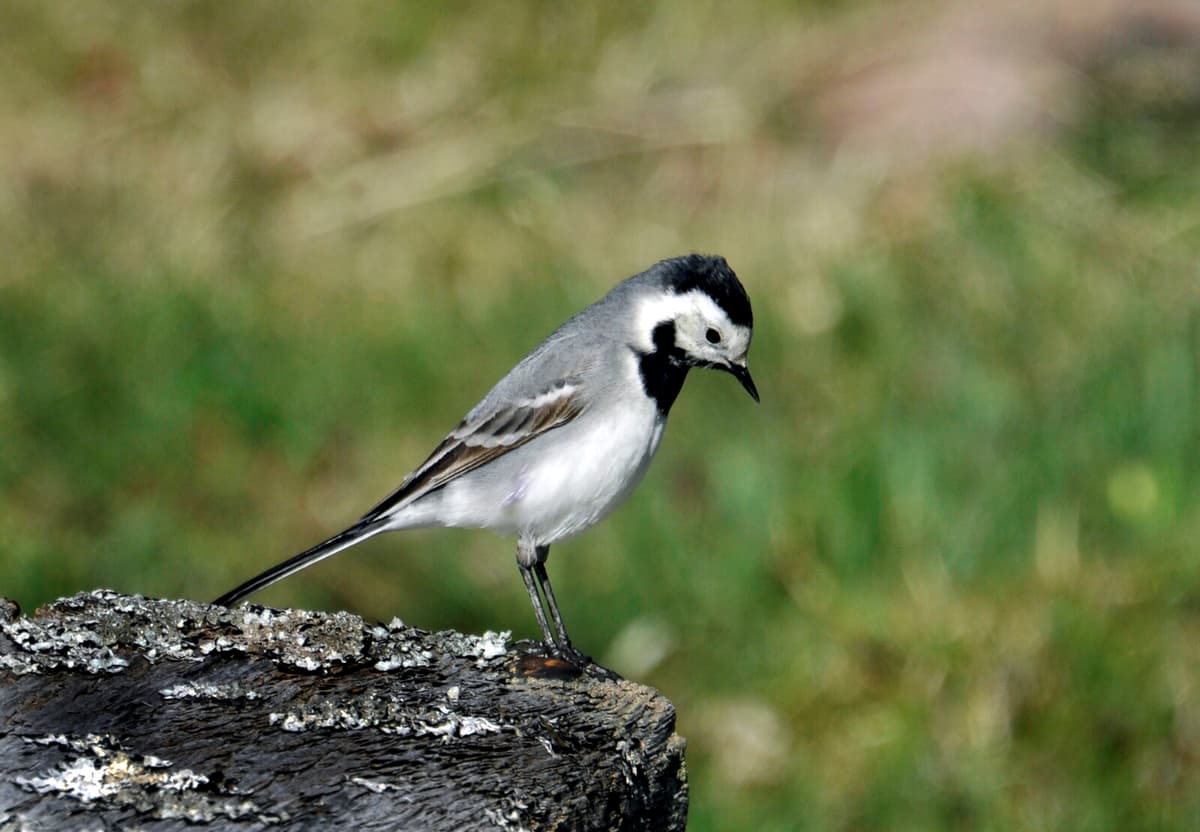A long summer is starting to release its grip on Sweden as the temperatures drop. The migratory birds, which make up the majority of Sweden's hundreds of millions of birds, seek out warmer latitudes during the autumn.
Several ornithologists, however, see a changed behavior in some migratory birds in Sweden due to the Earth's global warming.
"A consequence of the climate"
The long-distance migratory birds are now arriving a little earlier than they used to, up to a week. But they are also leaving Sweden about a week earlier than they used to. They are not in Sweden for more than the time it takes to lay eggs, raise their young, and ensure they become viable. We are seeing an advancement of both arrival dates and departure dates, says Anders Wirdheim, ornithologist and acting editor of Our Bird World, the membership magazine of Birdlife Sweden.
The behavior of the short-distance migratory birds is also affected by the warmer weather.
They are also arriving earlier, maybe two weeks earlier, now than they used to. But they also have a tendency to stay longer. We have started to get birds that overwinter in southern Sweden, which hardly did so before. Those that maybe flew to Denmark before can now stay in Skåne. It is also a consequence of the changed climate, says Anders Wirdheim.
Bird researcher Martin Green, active at Lund University and Swedish Bird Survey, which works on behalf of the Environmental Protection Agency and county administrative boards, agrees with Wirdheim about the climate's impact on the migratory patterns and behaviors.
"Enormous changes"
It affects almost everything. It affects the entire composition of bird communities. That is, which species are present and in what numbers, says Martin Green.
He means that the changed climate makes it easier for some birds to thrive in Sweden, while others struggle.
It is actually enormous changes that are taking place. It is going worse for birds that are tied to lower temperatures, or colder wintering areas, and better for birds that are tied to higher temperatures and warmer breeding areas.
About 85 percent of the Swedish bird fauna consists of migratory birds. The migratory birds are divided into two categories: short-distance migrants and long-distance migrants.
The short-distance migrants arrive in Sweden in March or April and usually overwinter in countries around the North Sea or Central Europe, rarely in Southern Europe or further from Sweden.
The long-distance migrants cannot find food in Sweden during the winter and overwinter in Africa or Asia. Most of them arrive in Sweden in May.
The opposite of migratory birds is resident birds.
Sources: The Swedish Museum of Natural History and the World Wildlife Fund WWF





